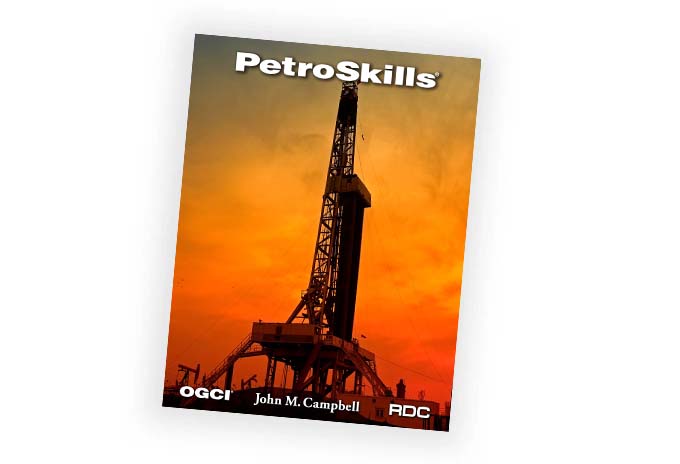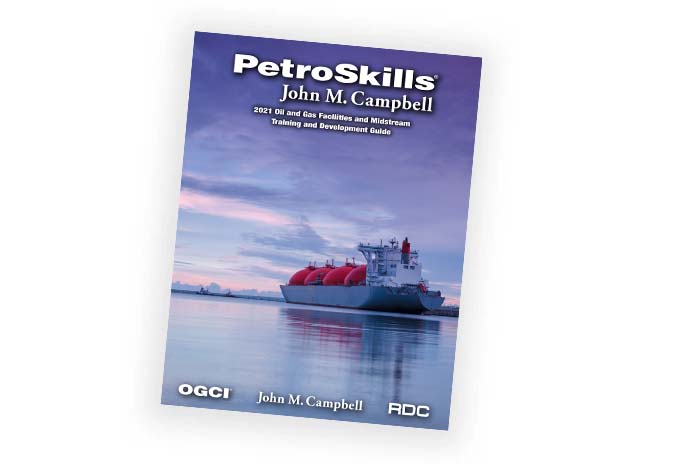Gas Well Deliquification - GWD
About the Course
As gas wells deplete, the velocity in the tubing drops and eventually liquids from the well and from condensation begin to accumulate in the tubing. This increase of liquids in the tubing adds back pressure on the formation, which in turn reduces flow or even stops flow all together. The course introduces this problem and discusses how to recognize liquid loading as opposed to other possible well problems. The course will then cover the various methods of solving the problem of liquid loading, showing how to apply the various solutions and the advantages and disadvantages of each method. Solution methods include use of surfactants, velocity strings, compression, use of plunger lift, various other pumping methods, gas lift, and the injection of fluids below a packer so gas can flow up the annulus.
Participants will learn to recognize the problems and symptoms of liquid loading and determine which methods can solve the problem and select the optimum method/s after attending the course. There are about 400,000 gas wells in the USA and most are liquid loaded. Solving this problem may on the average increase production by ~40% per well. The course will consist of slide presentations, example problems, and discussion. Some films will be shown. Effects of deviated or horizontal well applications on all methods are discussed. Special considerations for the use of each system in unconventional or horizontal wells are also discussed.
"Good to get a general overview of different lift methods available." - Production Engineer, United States
"Liked plunger lift the most. Because I am treating tight gas/oil wells and there are a lot of workover jobs especially plunger lift." - Reservoir Engineer, South Korea
Target Audience
Engineers, field technicians, field supervisors, and others who select, design, install, monitor and evaluate, or operate artificial lift systems for use in dewatering gas wells.You Will Learn
Participants will learn how to:
- Maximize gas production using optimized dewatering techniques
- Recognize liquid loading in a gas well using field symptoms, critical velocity, and nodal analysis
- Recognize the advantages and disadvantages of various methods of liquid removal
- Best install and troubleshoot the various methods
- Understand economics of each method covered
Course Content
- Recognize symptoms of liquid loading in gas wells
- Critical velocity to analyze wells loading or not
- Optimize techniques with Nodal Analysis
- Sizing tubing
- Compression: Selection, sizing, and operation
- Plunger lift: Continuous (bypass), conventional and gas assisted
- Use of foam to deliquefy gas wells
- Hydraulic pumps
- Use of beam pumps to deliquefy gas wells
- Gas lift
- Electrical submersible pumps
- Progressive cavity pumps
- Other methods to solve liquid loading problems
Product Details
Categories:
UpstreamDisciplines:
Production and Completions EngineeringLevels:
IntermediateProduct Type:
CourseFormats Available:
In-ClassroomAdditional
Request a Public Session
If you are interested in a public session of this course, please click the button below to request it.
Request Public SessionIn-House Training
This course is also available upon request as a private, on-site seminar. Contact us for details and pricing.
Request In-House TrainingNeed Help
Contact us if you have additional questions about how to register for or attend this course.
Contact Us



